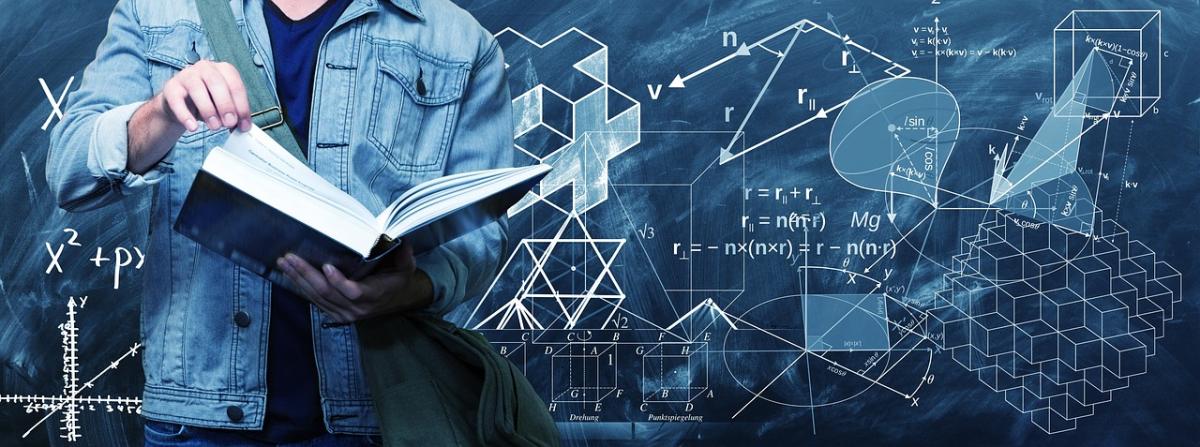
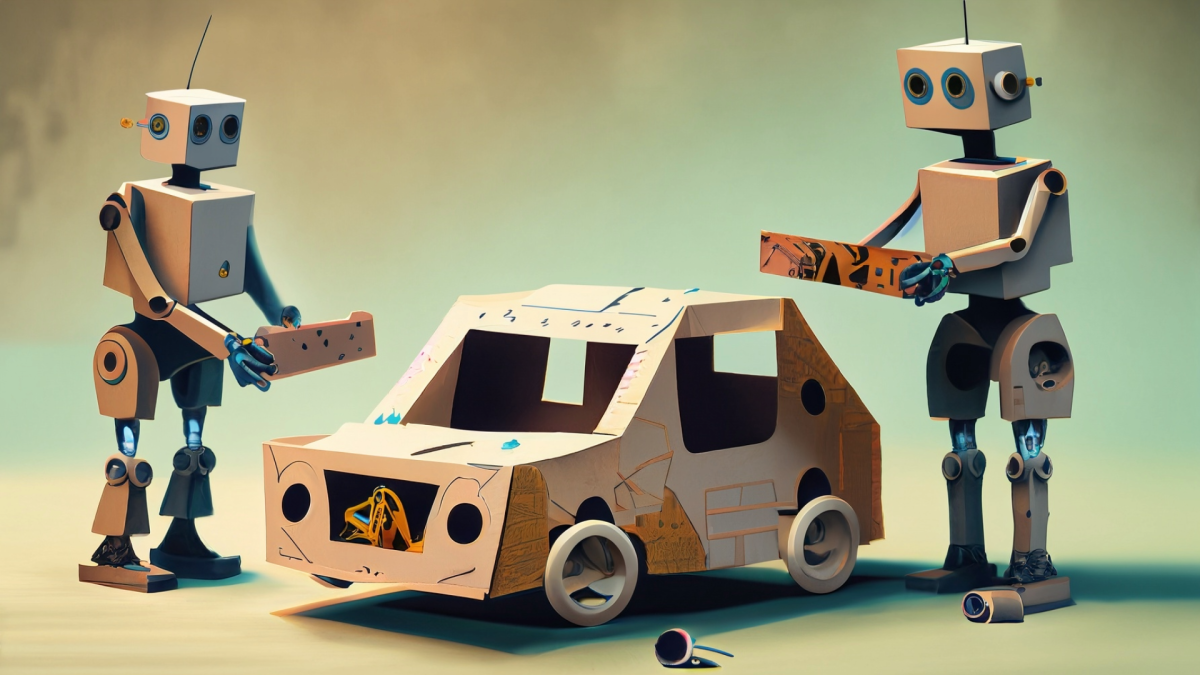

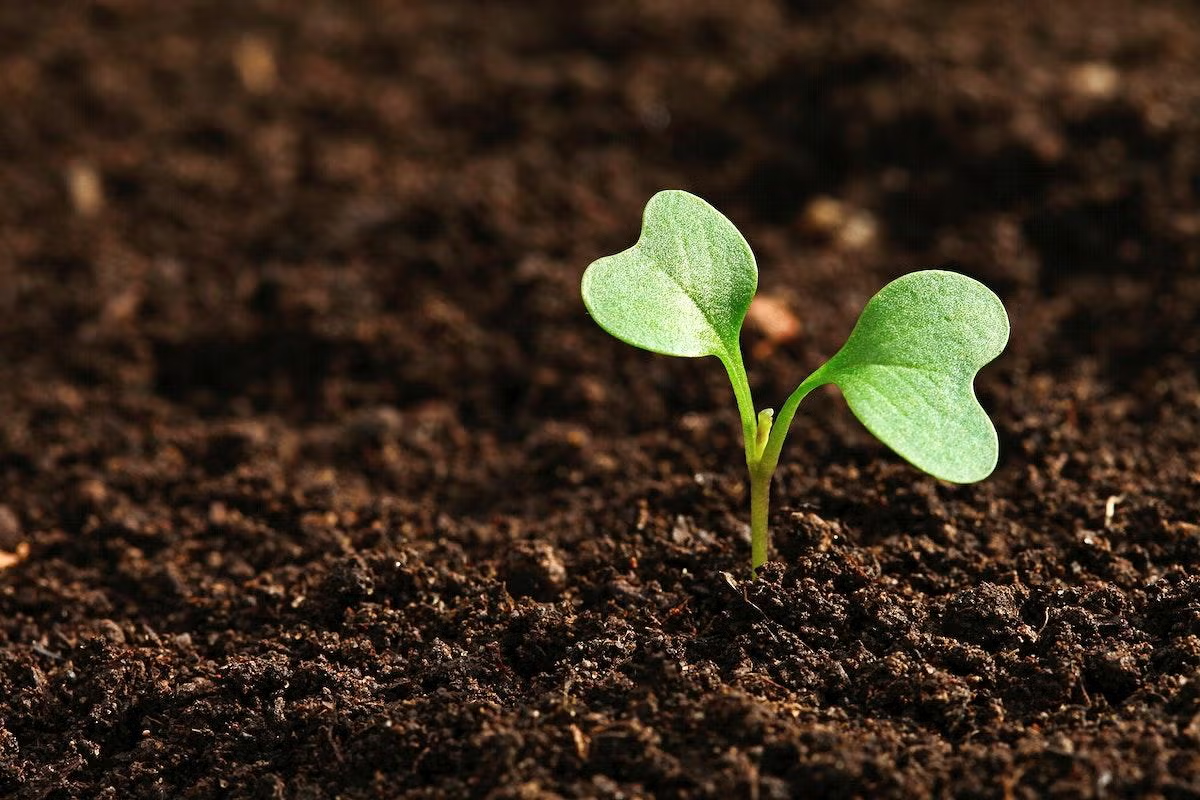
This is the part one of the composting lesson that is aligned to the ELA standards of narrative reading and writing. In this lesson, students build their experiences by preparing the bucket composters
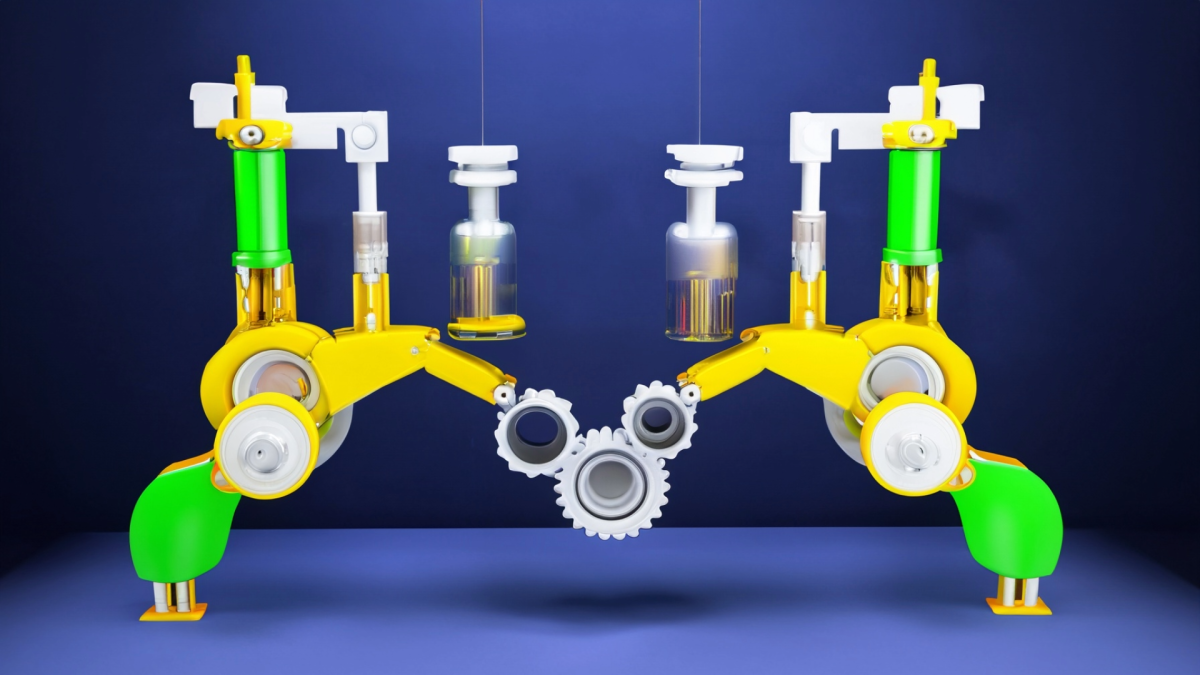
Students will construct an explanation using evidence to demonstrate that objects can affect other objects even when they are not touching. They will explore electric, magnetic, and gravitational

This lesson serves to provide an extension to lesson one. In this lesson, students will have the opportunity to build their own model of the solar system to scale, utilizing math concepts of exponents

This lesson serves as visual example of the concept of exponents and how scientific notation is utilized in science. Additionally, students will utilize scientific notation to measure distance of
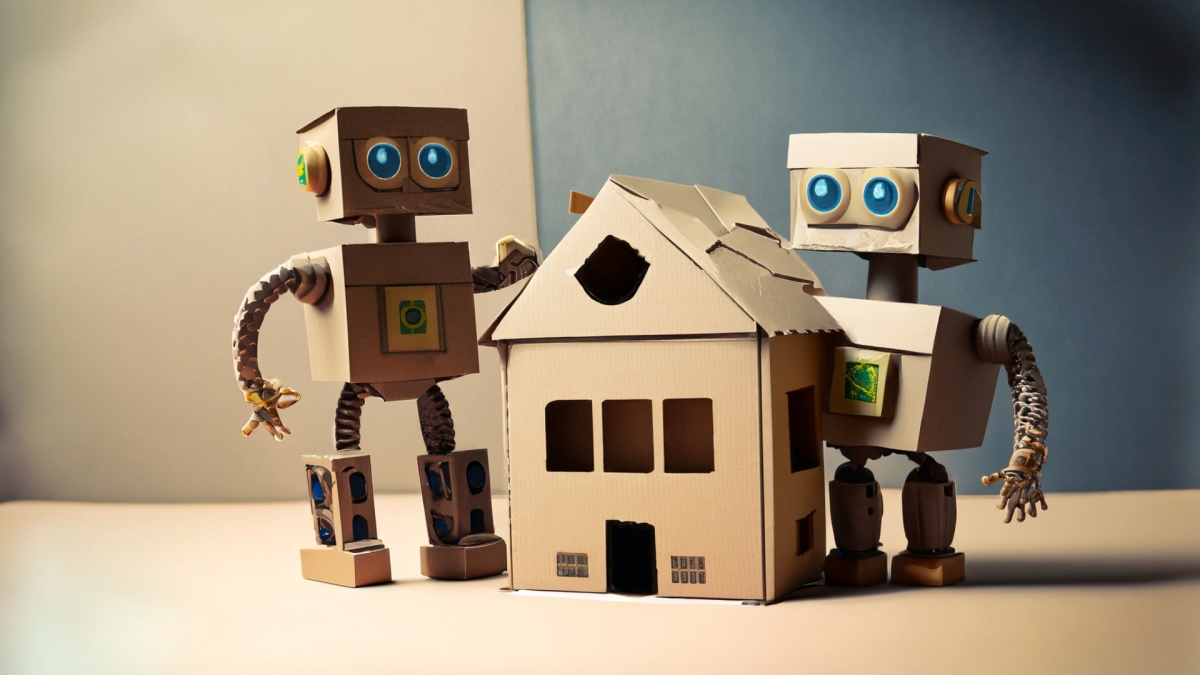
Using the engineering design process, students will identify a structural or spatial problem on their school campus and then plan, design, evaluate and redesign a structural and spatial solution while
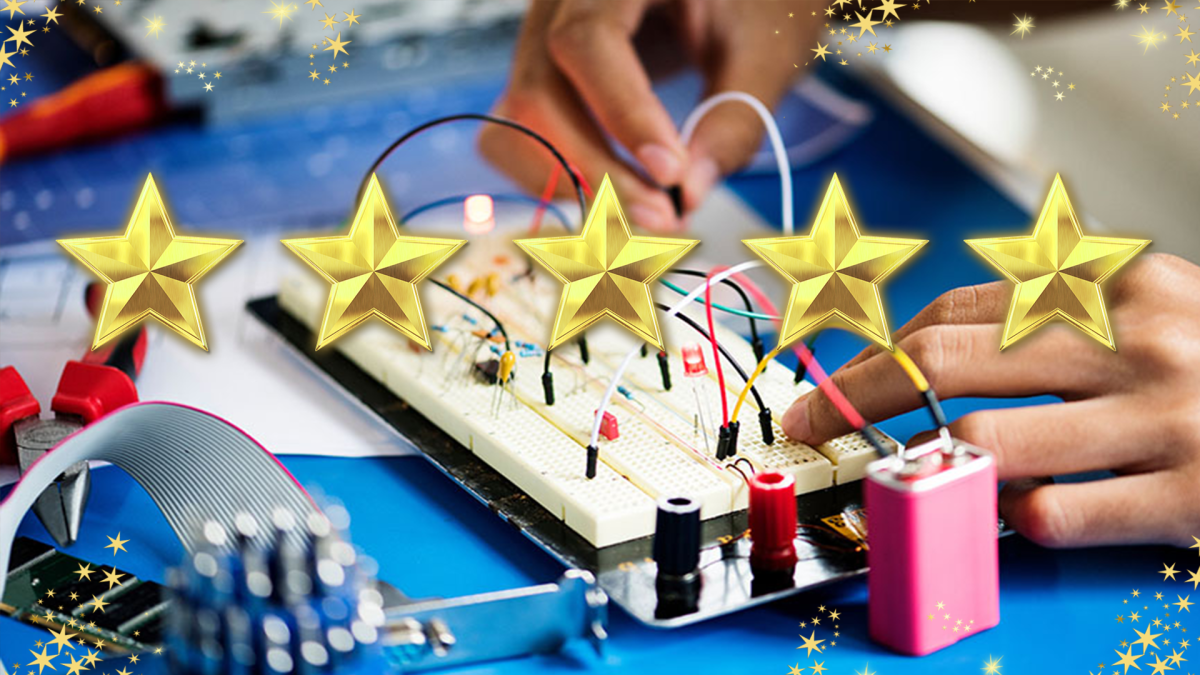
A Shocking Dystopia: STEM Adventures in The City of Ember Part 4 of 4: Where the River Goes
This lesson is PART 4 of a four-lesson unit, which focuses on futures thinking, the phenomenon of electricity, closed-system agriculture, and water as a renewable energy resource. “The City of Ember”

A Shocking Dystopia: STEM Adventures in The City of Ember Part 3 of 4: A Problem in the Greenhouse
This lesson is PART 3 of a four-lesson unit, which focuses on futures thinking, the phenomenon of electricity, closed-system agriculture, and water as a renewable energy resource. “The City of Ember”

A Shocking Dystopia: STEM Adventures in The City of Ember Part 2 of 4: A Way to See in the Dark
This lesson is PART 2 of a four-lesson unit, which focuses on futures thinking, the phenomenon of electricity, closed-system agriculture, and water as a renewable energy resource. “The City of Ember”

A Shocking Dystopia: STEM Adventures in The City of Ember Part 1 of 4: Blackout! Community Circuits
This lesson is PART 1 of a four-lesson unit, which focuses on futures thinking, the phenomenon of electricity, closed-system agriculture, and water as a renewable energy resource. “The City of Ember”

Students will have fun building and testing with KidSpark observing and calculating forces such as load and effort.

In the 5th-grade Paper Plane Aerodynamics lesson, students embark on an exciting journey into the world of flight. Through hands-on activities, they explore the fundamental principles of aerodynamics

This interactive 4th-grade lesson plan focuses on erosion and weathering, key concepts in understanding Earth's geology. In "Dynamic Earth," students use an interactive simulation to explore how

Pumpkin Jack Part One
This lesson includes fourth grade reading, writing, math, science, and engineering standards. The potential is endless with additional enrichment activities. Students participate in the nurturing and

In this hands-on lesson, students learn about thermometers and determining the difference between Celsius and Fahrenheit. They create a table of temperature readings for a minimum of 10 days and find

Students will use multiplication and will measure the area of a lot. This lesson plan uses the standards in science about plants, its size and structure. The leaf size is the focus of this lesson in
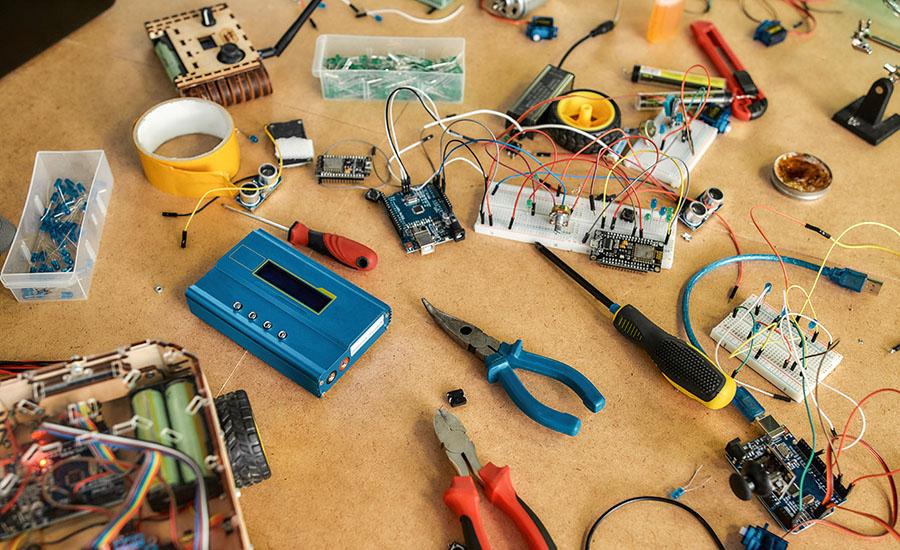
In this lesson, students will design and create a model of a moon lander that can land smoothly on the surface of the moon. Students will learn about the mission to the moon and how engineers designed

Around two thousand years ago, weighing an elephant without advanced equipment posed a challenging problem. However, a clever solution was devised by a seven-year-old named Cao Cong. He ingeniously

This lesson uses the children’s book The Seed and the Giant Saguaro to teach about plant and wildlife habitat in the Sonoran Desert. It includes story reading, discussion, a field experience, writing

In this engaging lesson, students study and design a healthy fish tank with a variety of animals. Students also learn about budgeting costs.

Students will become a DESIGN TEAM. The team will be using the 4 C’s and the steps of the Design Process to produce an item for a chosen client. Students will focus on empathy to decide on components
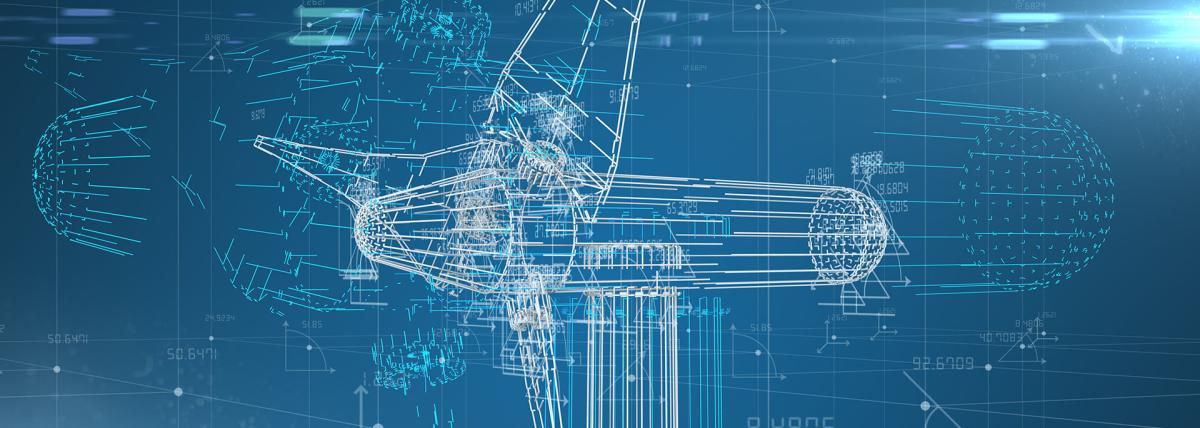
In this integrated STEM + Math lesson, students will learn about and then create blueprints. This lesson demonstrates how blueprints can be used as part of the process in solving real world challenges


